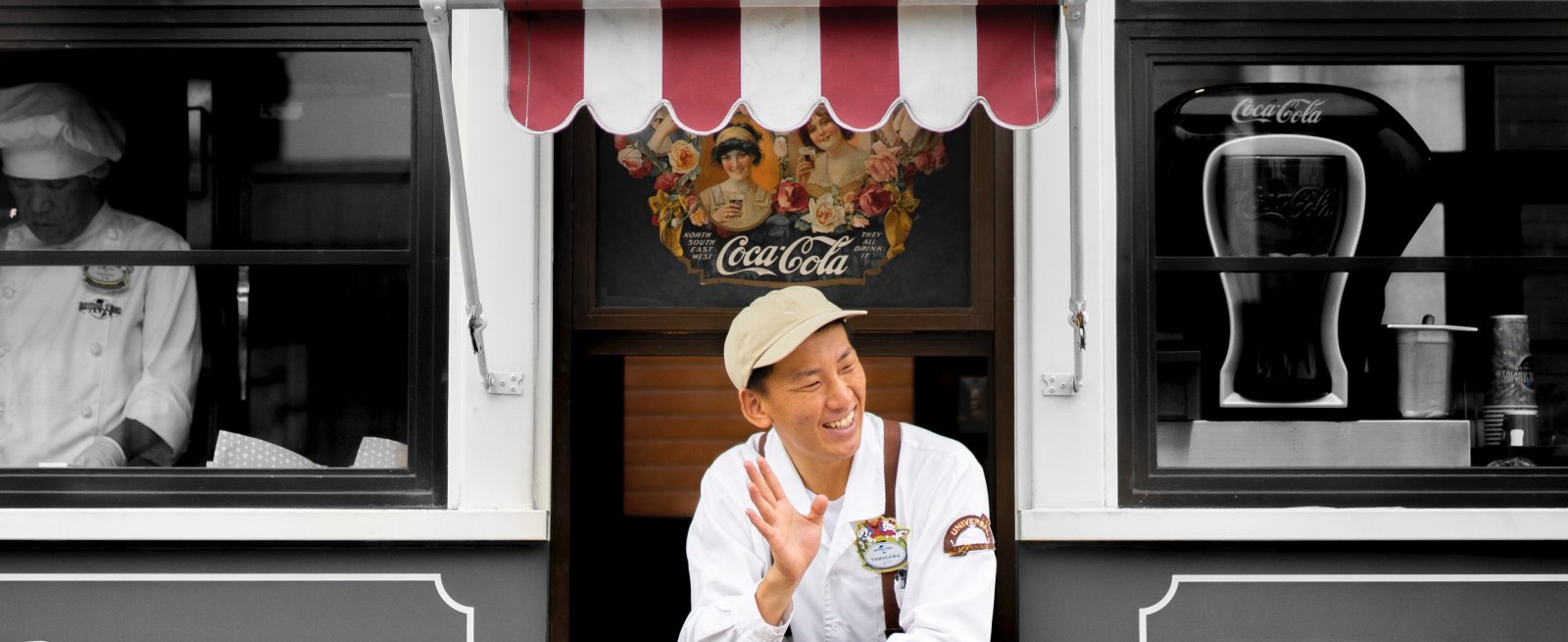JBF Survey: Chefs Optimistic Despite Challenges
3 Min Read
Chefs are expressing optimism and anticipate a return to “normal,” according to the 2022 James Beard Foundation Fall Industry Survey.
Rising food costs are the number one issue of concern for chefs heading into 2023, according to the survey, with 44 percent of respondents ranking it as their top worry. Rising labor costs, the inability to find staff to hire, and rising non-food costs (utilities, containers, furniture, etc.) clustered as the next three issues of concern, followed by supply chain issues around food items. Staff retention and supply chain issues around non-food items fell lower on the list.
Modern Restaurant Management (MRM) magazine connected with Anne McBride, Vice President of Programs, James Beard Foundation, to gain additional insights into the findings.
Did any results surprise you and, if so, what and why?
The fall survey put data behind everything I had been hearing in conversations with chefs this year. That in and of itself is useful, for a variety of reasons: at an emotional but essential level, it helps chefs realize that they are not the only ones facing difficulties—that it’s across the board. On a more tactical level, it is information we hope trickles down to consumers and to legislators—at the local, state, and federal level—to help them understand that the challenges remain staggering for the industry, even though restaurants might seem full and there are no more closure constraints.
The results also show that, more than ever, chefs have to be nimble with every aspect of their operations.
The results also show that, more than ever, chefs have to be nimble with every aspect of their operations. A lot of externalities, which might be invisible to customers, continue to put pressure on restaurants in a way that makes it hard to control—for example, that labor shortages are driving the days or hours a restaurant can be open, rather than the owner’s choice. Patience and grace go a long way right now, when dining out.
With restaurants tightening their menus, what items are being cut? Is it based on food costs/supply challenges?
The survey did not ask chefs to specifically detail which dishes they cut. Thirty-one percent of respondents reduced their overall number of dishes and simplified their offerings, while 24 percent reduced the number of dishes, but kept the level of food the same. Only five percent cut down on animal proteins and included more produce and grains instead.
What were common menu items where prices were raised?
Sixty-seven percent of respondents raised prices throughout their entire menu, and 25 percent on a few items. That is similar to what we are hearing from chefs in our ecosystem right now. Because the cost of nearly everything—from ingredients to services—has increased, they have no choice but to raise prices across the board. Then, depending on the scale of their operation, menu format, type of cuisine, what their market can absorb, and other considerations, some will make additional decisions around items that can absorb a larger increase. Many are at a point where they feel they can’t raise prices higher—fast casual doesn’t have the pricing band that a fine dining restaurant will have, for example—which means looking for more efficiencies in the business and service.
Why do you feel restaurant owners are optimistic for 2023?
The central role that restaurants play within their communities buoys most chef-owners and provides a huge source of optimism for 2023. Chefs have faith that their customers will continue to support them. Many people don’t want to cook and are happy to let someone else do that for them—something that hasn’t seemed to change, whether facing an epidemic or challenging economy. Faith in a changing industry was also a large source of optimism—for all the staffing issues, the fact that a new generation of restaurant workers is demanding that the industry be more equitable and sustainable, and expecting more life balance, proved hopeful for chefs.

